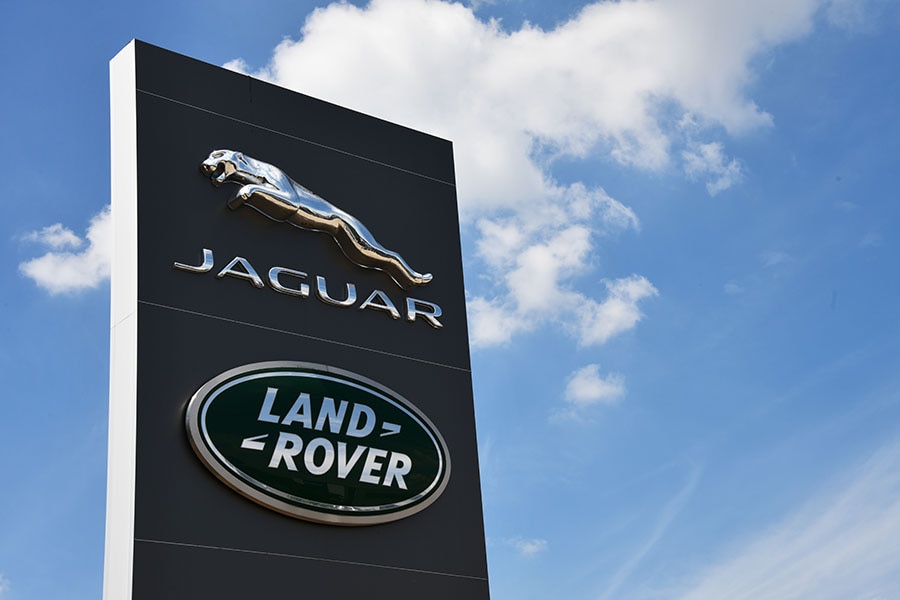
Tata Motors' EV plans get big JLR push
Tata Motors' electric vehicle arm and Jaguar Land Rover will work together to co-develop electric vehicles. There will also be a sharing of manufacturing know-how and the first models are likely to be ready in 2025
 Tata Passenger Electric Mobility or TPEM (Tata Motors’ electric vehicle arm) and JLR have now signed an MoU that will see Tata Motors licence JLR’s latest electric vehicle (EV) architecture currently under development
Image: Shutterstock
Tata Passenger Electric Mobility or TPEM (Tata Motors’ electric vehicle arm) and JLR have now signed an MoU that will see Tata Motors licence JLR’s latest electric vehicle (EV) architecture currently under development
Image: Shutterstock
In hindsight, Tata Motors’ acquisition of Jaguar Land Rover (JLR) from Ford in 2008 has been one of the starring achievements of the firm. The company’s approach to letting these premium brands grow with a largely hands-off approach has worked, at least in the case of Land Rover.
However, a dissonance has always remained in how far apart these two luxury brands are from Tata Motors' value-centric creations. The completely different cost structures and manufacturing processes have limited synergies, a key factor in reducing costs. Tata Motors has reworked an older JLR architecture before in its high-end Harrier and Safari models. Still, a new development brings the two firms into a much closer partnership than before.
Tata Passenger Electric Mobility or TPEM (Tata Motors’ electric vehicle arm) and JLR have now signed an MoU that will see Tata Motors licence JLR’s latest electric vehicle (EV) architecture currently under development. TPEM will pay a royalty fee to gain access to this electrified modular architecture as well as to critical components like the battery pack and electric drive units. Significantly, there will also be a sharing of manufacturing know-how to a much greater extent than before which in effect means the two firms will co-develop EVs.
The first models based on this architecture will come to fruition in 2025. Tata Motors will incorporate this into its top-tier Avinya models currently under development late that year, while Jaguar and Land Rover branded offerings will also see light in early 2025.
This notably streamlines Tata Motors' big push to become an electric car maker of repute. The company has so far used frugal engineering and great product packaging to gain a sizeable head-start in the Indian EV market, but this partnership now future-proofs this advancement and opens up higher and more profitable segments for Tata Motors.







